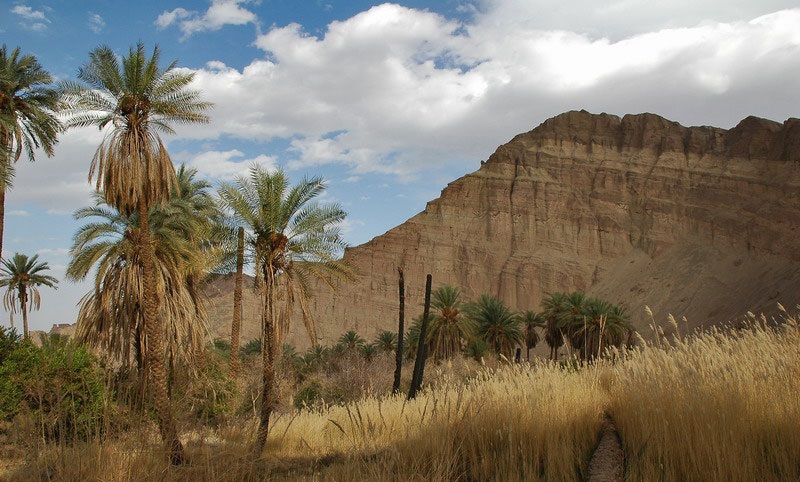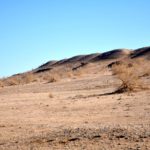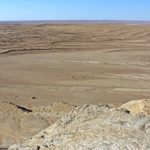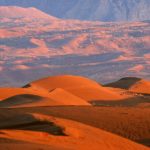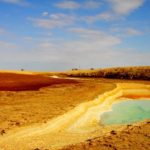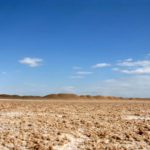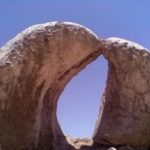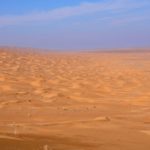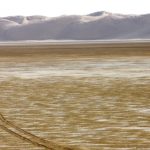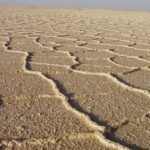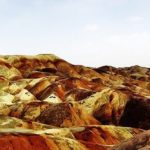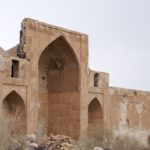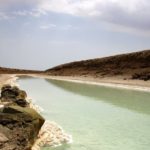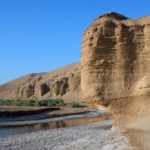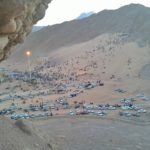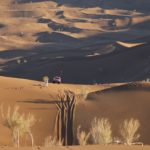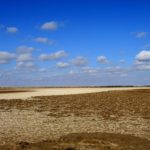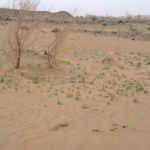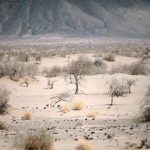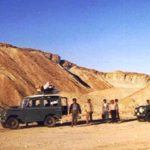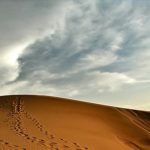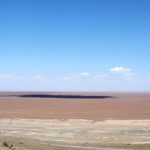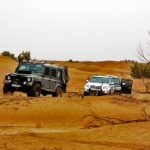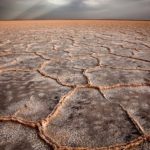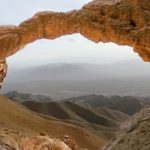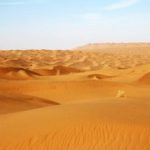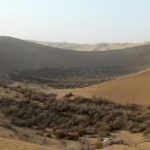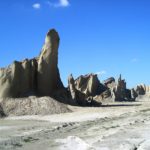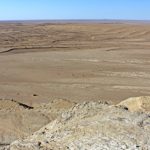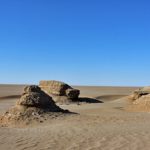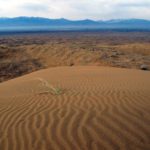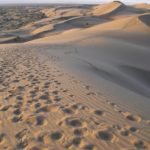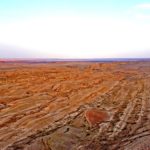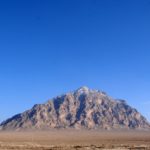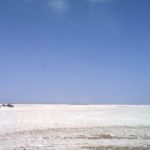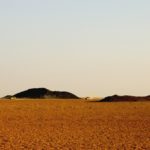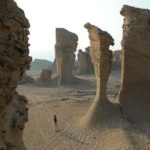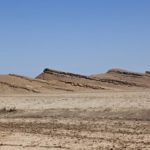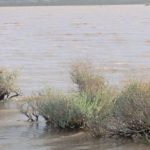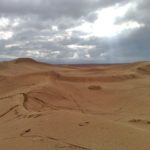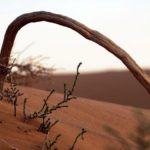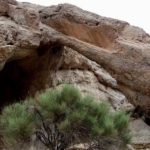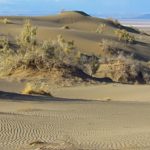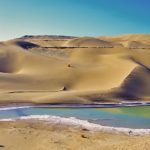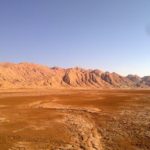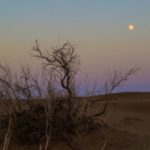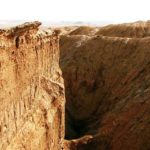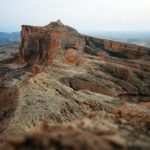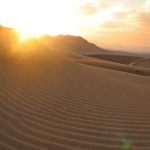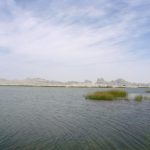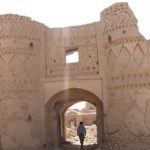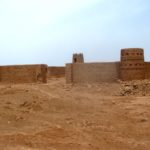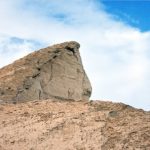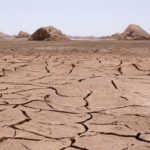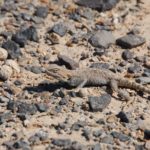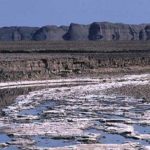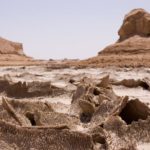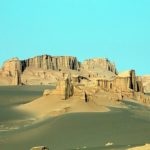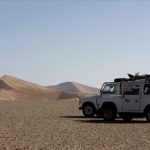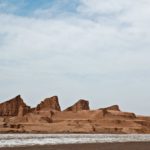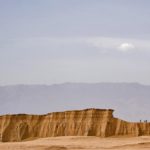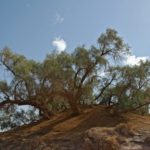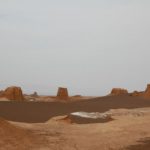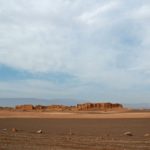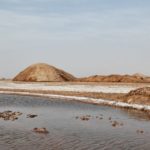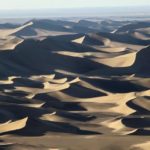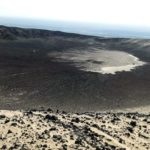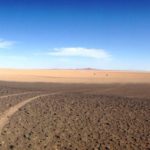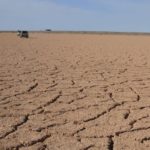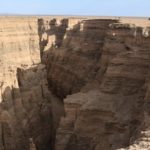The agricultural potential of the areas around the desert and the foothills is not negligible, and due to the degree of heat difference between the mountains and the plains one should expect complementary farming life to be provided on the foothills and plains. Its vegetation is suitable for animal husbandry. It is warm and less blue but its tropical crop is valuable. This climate difference has been famous in Kerman’s agricultural life since ancient times and geographers have given clear tropical and cold regions everywhere. And.
An overview of local farming conditions showed that not only natural conditions are not favorable, but also that they are not favorably utilized. It was not enough, as inevitably forced farming. For example, in the Gokk district with more than 10,000 inhabitants, it is not a source of income and the income from the fruit of the orchards is low, but the carpet weaving industry attracts many people. Busy. In the grief and grief of palm trees source.
Read More ...
The income is good but the date is not good and the consumption is limited and the locals are not paying attention to improving the type and finding a market to sell. Trucks and camels go shopping and buy dates or traded wheat and flour. The main roads are in a more lucrative position. Keshit with 400 people only has palm trees. People don’t have money to sell it. If you have a truck coming in and making a purchase, money is being provided and sometimes camels in the Nosrat Abad area Wheat is coming in and some people are making money. In the foothills, people have less income because they don’t have a road to get a car, Alone.
Unfavorable agricultural conditions are unlikely to provide much water for villages in the western region of Lut, but not all water is usable, and many saline waters enter Kalut and destroy the land.
In Shahdad, Kashi and Dandy grief there is not a good use of water for agriculture. The abundant water in the rivers is wasted even in the dry seasons. Irrigation is very primitive and inappropriate irrigation streams. They have forgotten the amount of water needed by the underground canal from Bin Kuh to the river. However, local research reveals that even in summer, much water flows through the river. If these waters existed around Yazd or Rafsanjan, not even a drop of it would be in vain in winter, but in Shahdad because of the limited agricultural economy of palm trees and palms and little grain, no one cares about the development of cultivation.
Water ownership is unlike other parts of Iran. The aqueduct or river has a divide, but not every farmer has a certain share of water, and they say that everyone is using water as much as their land. The method of irrigating citrus or date gardens is not good. To irrigate the trees they dug all the pits into the water and sometimes water in abundance invented the pristine land for a year until the grass comes out and then the grass takes root. Now that they are cultivating it for another year, they are unaware that saline land should ultimately be used for land use.
If the water is abundant, the land is very bad. All the cultivated lands are in clayey clay and gypsum and salt formations. By preliminary washing, the soil should be sweetened, lacking sufficient humus due to lack of vegetation and organic matter, and if not cultivated. It becomes a hard desert.
Our study of the agricultural conditions of the site was very limited and there was no opportunity to visit the villages in the Shahdad area until it became known that sufficient use of agricultural resources was required.
There is little to no harvest, and the home industry is unique in the weaving of palm fibers, which is of no use if it were a purely silk-based center of geography and had a large mulberry garden. Mulberry and silkworm breeding have disappeared and citrus trees have become commonplace.
Henna has been one of the major products of the Shahdad district in the past centuries, and today its production is scarce. The northern region is famous for its marshmallow polo.
Another prestigious agricultural area in the south is the Lot Bam and Narmashir Plain, which today is famous for dates and citrus fruits, but in front of Bam was the large center of cotton weaving and the weaving fabric known as Bam cloth.
Nosrat Abad agricultural area in the east is part of the Sistan area that must be studied separately according to local conditions.
The areas around Lut are rich in agricultural potential that should not be overlooked, and a thorough review of local natural and human conditions should provide for great development plans for the region.
Studying the type of housing in its general sense, be it a town or village or a castle is a huge topic in terms of human research. There are castles in all Kerman cities and even old castles, some of which are architectural masterpieces. It is the architect of many ruins. The last sign of former life is the ruins of the castle. The shape of the castles is not the same everywhere. Some are brick and partly adobe. The castles form the central core of the communities. And around the castles, other types of housing have been found. Gradually these castles have been destroyed and deserted and people have built other housing around them. The fortress is the main place of residence due to the insecurity of the region and the wars and bloodshed in this remote area of Iran. The capture of the conqueror is a record. The demolition of the fence was an example of cracking down on the resistance of the people, and may not have been renovated after a great destruction of the fence.
Regular research on the type of fences and the difference in the shape of the fence in terms of geographical areas is very useful. In the northern mountains, many of these fences have the local name of Kalateh, and the term Kalate is prevalent in all of Khorasan and central Iran. Come and Lut also be part of the clutter, not naked or naked.
The type of housing should be studied in the geographical location of the site
Housing is the result of the attachment of natural terrain (stack, wall, rock), and in Bam and Nusrat Abad, where fixed and movable housing can be found adjacent to the site, the evolution of the shape should be studied in terms of local features.
Population distribution and its size in southeastern Iran is not appropriate to the general situation of the country. The east and southeast are extremely low populations and may be the least populated areas of Iran in the Lut Lot plain. These areas were formerly perhaps the most desolate and deserted towns in the whole of Iran, and the names of the deserts of the Lut Desert are the largest in the population. The headquarters of a district with more than a hundred inhabitants has about 5,000 inhabitants, and if the whole part of it There’s very little we consider the position.

